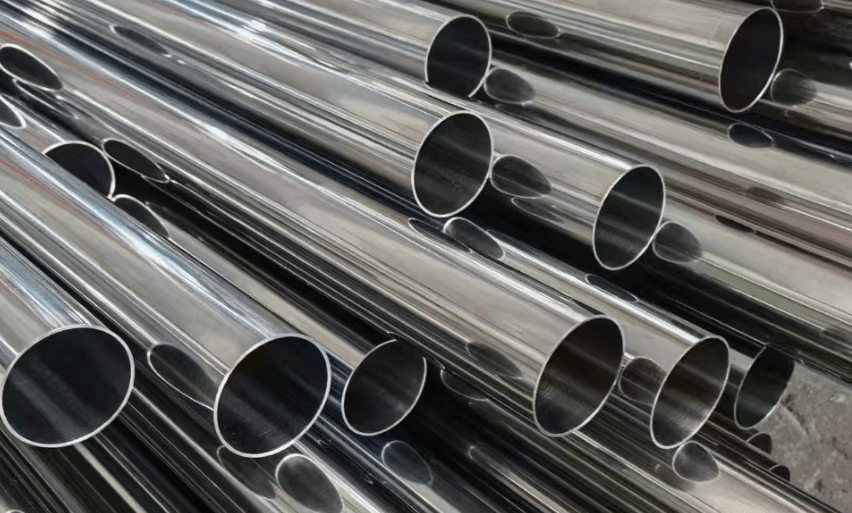As a senior expert in metal materials with extensive experience from Huaxiao Alloy, I am often consulted on the differences and similarities between various alloys used in various industries. Two alloys that frequently come under scrutiny are SMO 254 vs Hastelloy. Both alloys are renowned for their exceptional corrosion resistance and high-temperature stability, but there are distinct differences between them. In this article, we will delve into the details of these alloys, comparing their composition, properties, and applications.

SMO 254 vs Hastelloy – What’s the Difference?
SMO 254 vs Hastelloy – 1. Composition
SMO 254, also known as UNS S31254, is a super austenitic stainless steel. It is primarily composed of chromium, nickel, molybdenum, and nitrogen, with a small amount of copper added for improved corrosion resistance. The high nickel content gives SMO 254 its austenitic structure, which is responsible for its excellent corrosion resistance, particularly in chloride-rich environments.
Hastelloy, on the other hand, is a nickel-based superalloy. It contains a significant amount of nickel, chromium, molybdenum, and iron, along with smaller amounts of other elements like tungsten and cobalt. The unique combination of these elements gives Hastelloy its exceptional resistance to corrosion and high-temperature oxidation.
SMO 254 vs Hastelloy – 2. Properties
SMO 254 boasts exceptional resistance to chloride-induced stress corrosion cracking (SCC), pitting, and crevice corrosion. Its high chromium and molybdenum content make it particularly suitable for use in marine environments and other chloride-rich applications. Additionally, its austenitic structure ensures good ductility and weldability.
Hastelloy, on the other hand, is renowned for its resistance to both oxidizing and reducing environments. It exhibits excellent corrosion resistance in both acidic and alkaline media, making it suitable for a wide range of industrial applications. Furthermore, Hastelloy’s high nickel content confers upon it good mechanical properties, including high strength and ductility at elevated temperatures.
SMO 254 vs Hastelloy – 3. Applications
Due to its chloride-resistant properties, SMO 254 is commonly used in offshore oil and gas production, desalination plants, and chemical processing equipment. It is also used in seawater cooling systems and other marine applications where resistance to chloride-induced corrosion is crucial.
Hastelloy, on the other hand, finds applications in a wide range of industries, including chemicals, petrochemicals, power generation, and waste incineration. Its resistance to both oxidizing and reducing environments makes it ideal for use in high-temperature and corrosive environments, such as flue gas desulfurization systems and catalytic converters.
Conclusion
Both SMO 254 and Hastelloy are high-performance alloys with exceptional corrosion resistance and mechanical properties.
However, there are distinct differences between them in terms of composition, properties, and applications. SMO 254 excels in chloride-rich environments, particularly in marine and offshore applications, while Hastelloy’s versatility makes it suitable for a wide range of industrial applications, including high-temperature and corrosive environments.
Thank you for reading our article and we hope it can help you to have a better understanding of the differences between SMO 254 vs Hastelloy. If you are looking for Hastelloy suppliers online now, please don’t hesitate to contact Huaxiao Alloy.
As a leading supplier of Hastelloy Alloys from Shanghai China, Huaxiao Alloy provides customers with high-quality Hastelloy C2000, Hastelloy B3 (UNS N10675), Hastelloy D205, Hastelloy G30 (UNS N06030), Hastelloy B2, Hastelloy X alloy, Hastelloy C4, Hastelloy C-276, and Hastelloy C22 at a very competitive price.



